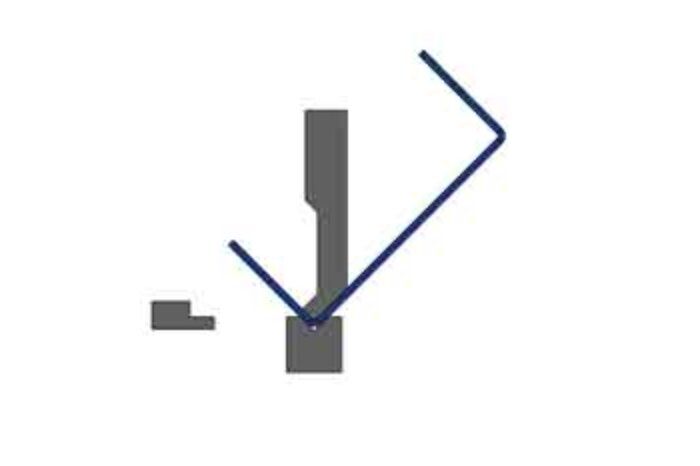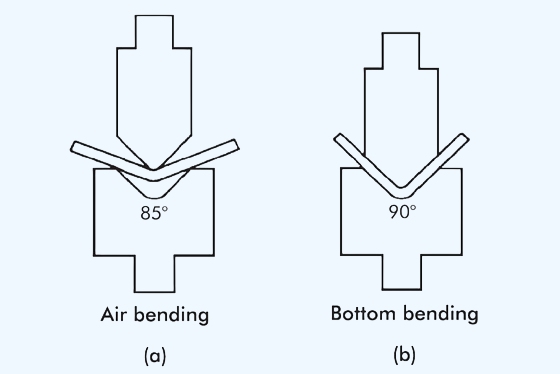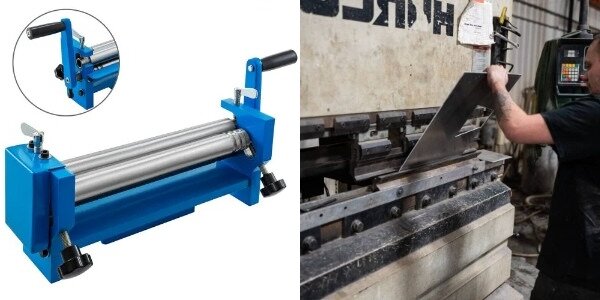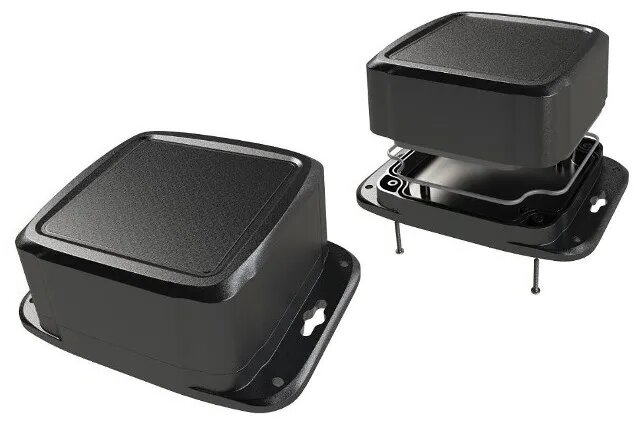Are you struggling with carbon steel welding? Many people find it challenging due to the unique properties of the material. The good news is that you can achieve excellent results with the proper techniques and a bit of practice. Whether you’re a beginner or looking to refine your skills, understanding the nuances of carbon steel welding is crucial. Let’s explore the essential techniques, helpful tips, and standard troubleshooting methods to make your welding projects successful.
Carbon steel is prevalent in many industries due to its strength and affordability. However, specific welding techniques are required to ensure strong, durable joints. Mastering these techniques involves understanding the material properties, choosing the right equipment, and following best practices.
Stay tuned as I share insights that will change how you approach carbon steel welding.

Understanding Carbon Steel
Types of Carbon Steel
- Low-carbon (mild) steel: This type of carbon steel contains less than 0.3% carbon. It is easy to weld and highly malleable, making it suitable for various applications, including construction and automotive manufacturing.
- Medium carbon steel: With a carbon content ranging from 0.3% to 0.6%, medium carbon steel offers a balance between strength and flexibility. It is commonly used in mechanical components, like gears and shafts, where higher strength is required.
- High carbon steel: Containing more than 0.6% carbon, high carbon steel is solid but less ductile. It is often used for tools and cutting implements where hardness is crucial.
Properties Relevant to Welding
- Weldability: The ease with which carbon steel can be welded varies with its carbon content. Low-carbon steel is the easiest to weld, while high-carbon steel requires more precise control over welding parameters to prevent cracking.
- Hardness and flexibility: These properties affect the steel’s behavior under stress and during welding. Low-carbon steel is more pliable and less likely to crack, whereas high-carbon steel is more complex and more brittle, necessitating careful handling.
- Thermal conductivity and expansion: Carbon steel’s thermal properties influence how heat spreads and how much the material expands when heated. High carbon content generally reduces thermal conductivity and increases the risk of thermal expansion-related issues, like warping and distortion during welding.
Pre-Welding Preparation
Material Selection
- Criteria for selecting the correct type of carbon steel: Choose carbon steel based on the application’s strength, flexibility, and hardness requirements. Consider the welding process you will use, as different carbon steel types respond differently to heat. Ensure the selected steel matches the specific needs of your project, balancing weldability and mechanical properties.
Surface Preparation
- Cleaning and degreasing: Before welding, clean the steel surfaces thoroughly to remove any oil, grease, or contaminants. Use a degreaser or a suitable solvent to ensure a clean, oil-free surface.
- Removing rust and mill scale: Rust and mill scale can hinder weld quality. To eliminate these impurities, use a wire brush, grinder, or chemical remover.
Tool and Equipment Setup
- Choosing the right welding machine: Select a welding machine suitable for the type and thickness of the carbon steel you are working with. MIG, TIG, and stick welders each have their advantages. MIG welders are versatile and user-friendly, TIG welders offer precision, and stick welders are robust for outdoor use.
- Configuring welding parameters: Set your welding machine according to the steel type and thickness. Adjust the voltage, current, and wire feed speed (for MIG welding) to match the material’s requirements.
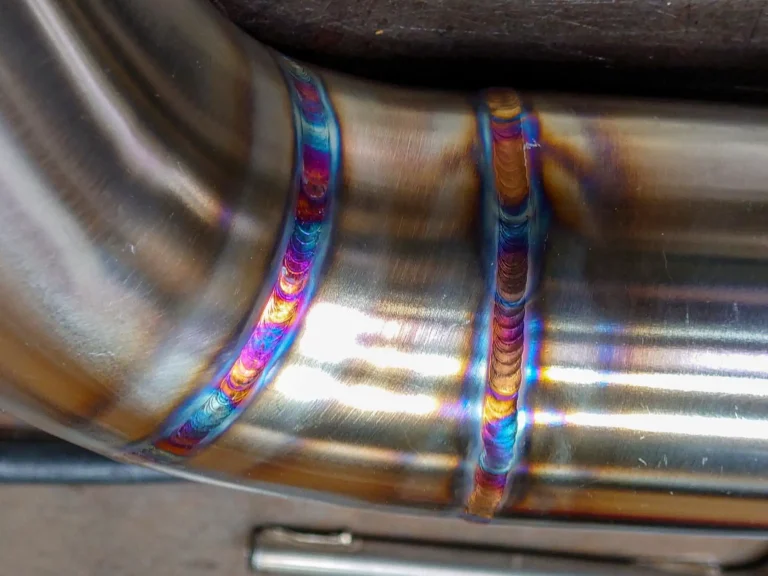
Welding Techniques
Standard Welding Methods for Carbon Steel
- MIG welding: Metal Inert Gas (MIG) welding is famous for its ease of use and versatility. It’s suitable for both thin and thick sections of carbon steel. The continuous wire feed makes it efficient for large projects and provides a clean, strong weld.
- TIG welding: Tungsten Inert Gas (TIG) welding offers precision and control, making it ideal for thin carbon steel and projects requiring high-quality, aesthetically pleasing welds. It requires more skill and time but produces cleaner welds with less spatter.
- Stick welding: Also known as Shielded Metal Arc Welding (SMAW), stick welding is robust and versatile, making it suitable for outdoor and windy conditions. It’s effective for thicker carbon steel sections and is commonly used in construction and repair work.
Technique-Specific Considerations
- Heat settings and control: Adjust the voltage and wire feed speed for MIG welding to match the steel thickness. In TIG welding, control the heat input with the foot pedal or hand control to avoid burning through the material. Stick welding requires selecting the appropriate electrode and amperage for the steel type and thickness.
- Speed and angle of welding: Keep a steady pace in MIG welding to avoid excessive buildup or burn-through. Maintaining a consistent speed and angle for TIG welding to ensure uniform bead formation. Use a slight drag angle to ensure good penetration and avoid defects in stick welding.
Practical Welding Tips
Managing Heat Input
Techniques to prevent warping and distortion:
- Control your heat input using intermittent welding, also known as stitch welding, which allows the material to cool between welds.
- Clamp the workpieces securely to minimize movement.
- Use heat sinks or chill bars to absorb excess heat.
Preheating thicker sections can help distribute heat more evenly, reducing the risk of warping.
Controlling the Weld Pool
Achieving optimal penetration and fusion:
- Maintain a consistent travel speed to control the weld pool size.
- Adjust your heat settings to ensure sufficient penetration without burning through the material.
- Keep a steady hand and angle for MIG and TIG welding to guide the weld pool smoothly.
- In stick welding, use the correct electrode angle and travel speed to control the size and shape of the weld pool.
Dealing with Common Weld Defects
Prevention and correction of porosity, spatter, and cracks:
- Porosity: Ensure proper surface preparation to remove contaminants that can cause porosity. Use clean, dry shielding gas and check for leaks in your gas lines. Maintain the correct distance between the nozzle and the workpiece to provide adequate gas coverage.
- Spatter: Adjust your welding parameters to minimize spatter. Use anti-spatter spray on the workpiece and nozzle. For MIG welding, ensure the correct wire feed speed and voltage settings. In stick welding, select the appropriate electrode for the job.
- Cracks: Prevent cracks by preheating thicker materials and using proper welding techniques. Avoid excessive heat input and rapid cooling, which can cause stress in the weld joint. If cracks occur, grind them out and re-weld the area with careful control of heat and technique.
Post-Welding Practices
Cooling and Cleaning
- Best practices for cooling welded joints: Allow welded joints to cool gradually to reduce the risk of cracking and distortion. Avoid rapid cooling, as it can introduce stresses in the weld. For thicker materials, use controlled cooling methods, such as wrapping the weld in insulating blankets, to ensure even temperature reduction.
- Methods for post-weld cleaning: After the weld has cooled, clean the weld area to remove slag, spatter, and any oxidation. Use a wire brush, chipping hammer, or grinder for mechanical cleaning. For a finer finish, consider using chemical cleaners or pickling paste to remove any remaining contaminants and enhance the appearance of the weld.
Inspection and Testing
- Visual inspection techniques: Conduct a thorough visual inspection of the weld to check for surface defects such as cracks, porosity, undercut, and incomplete fusion. Use adequate lighting and magnification if necessary. Ensure the weld bead is uniform and adequately sized for the application.
- Non-destructive testing methods: Employ non-destructive testing (NDT) methods to assess the integrity of the weld without damaging it.
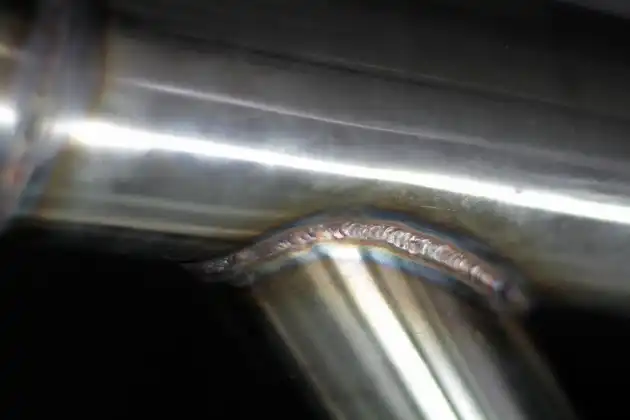
Advanced Topics
Welding Carbon Steels
- Challenges and solutions: Welding high-carbon steels poses several challenges due to their high hardness and brittleness. These steels are prone to cracking and require precise control over heat input. To address these challenges, preheating the material before welding is essential to reduce the risk of thermal stress. Post-weld heat treatment, such as annealing or tempering, can also help alleviate residual stresses and improve flexibility. Using low-hydrogen electrodes and maintaining a clean welding environment further reduces the risk of weld defects.
Automating Carbon Steel Welding
- Advantages and considerations: Automating the welding process for carbon steel offers numerous advantages, including increased efficiency, consistency, and precision. Automated systems, such as robotic welders, can handle repetitive tasks accurately, reducing human error and labor costs. However, considerations must be made regarding the initial investment in automation technology and the need for skilled operators to program and maintain the equipment.
Innovations in Carbon Steel Welding
- Emerging technologies and methodologies: Carbon steel welding continually evolves with new technologies and methodologies. Recent advancements include laser welding, which provides high precision and minimal heat-affected zones, making it suitable for delicate or high-strength applications. Hybrid welding techniques, combining traditional methods with advanced processes like laser or plasma welding, offer enhanced performance and flexibility.
Conclusion
Welding carbon steel requires a thorough understanding of the material’s properties and proper technique to achieve solid and reliable joints. From the initial selection of materials to the post-welding practices, each step plays a crucial role in the overall success of the welding project.
Do you need a reliable sheet metal parts manufacturer? Shengen is the place to go. We specialize in sheet metal laser cutting, bending, surface finish, and CNC Machining. Reach out to Shengen Today and seek help from professionals!
FAQs
Can you weld carbon steel to stainless steel?
Yes, you can weld carbon steel to stainless steel. However, special techniques and filler materials are required to prevent galvanic corrosion and cracking. A suitable nickel-based filler material helps create a robust and durable weld between the two different metals.
How do you prevent cracking in high-carbon steel welds?
Prevent cracking in high-carbon steel welds by preheating the material before welding and maintaining a controlled cooling process afterward. Using low-hydrogen electrodes and proper welding techniques also helps minimize the risk of cracking. Post-weld heat treatment, such as annealing or tempering, can relieve residual stresses and improve weld integrity.
Can carbon steel be welded without preheating?
Yes, low-carbon steels can often be welded without preheating. However, preheating is recommended for medium and high-carbon steels to reduce the risk of cracking and distortion. Preheating helps distribute heat more evenly and reduces thermal stress during welding.
What are the signs of a good weld on carbon steel?
A good weld on carbon steel will have a smooth, even bead with uniform width and minimal spatter. The weld should penetrate properly without excessive buildup or undercutting. Additionally, there should be no visible cracks, porosity, or inclusions.
How does the choice of filler material affect the strength of the weld?
The choice of filler material significantly affects the strength and durability of the weld. Using a filler material that matches the base metal’s composition ensures compatibility and reduces the risk of defects.
More Resources:
Types of Carbon Steel – Source: Wikipedia
Pre-Welding Preparation – Source: The Fabricator
Non-Destructive Testing – Source: TWI
Hey, I'm Kevin Lee

For the past 10 years, I’ve been immersed in various forms of sheet metal fabrication, sharing cool insights here from my experiences across diverse workshops.
Get in touch

Kevin Lee
I have over ten years of professional experience in sheet metal fabrication, specializing in laser cutting, bending, welding, and surface treatment techniques. As the Technical Director at Shengen, I am committed to solving complex manufacturing challenges and driving innovation and quality in each project.

